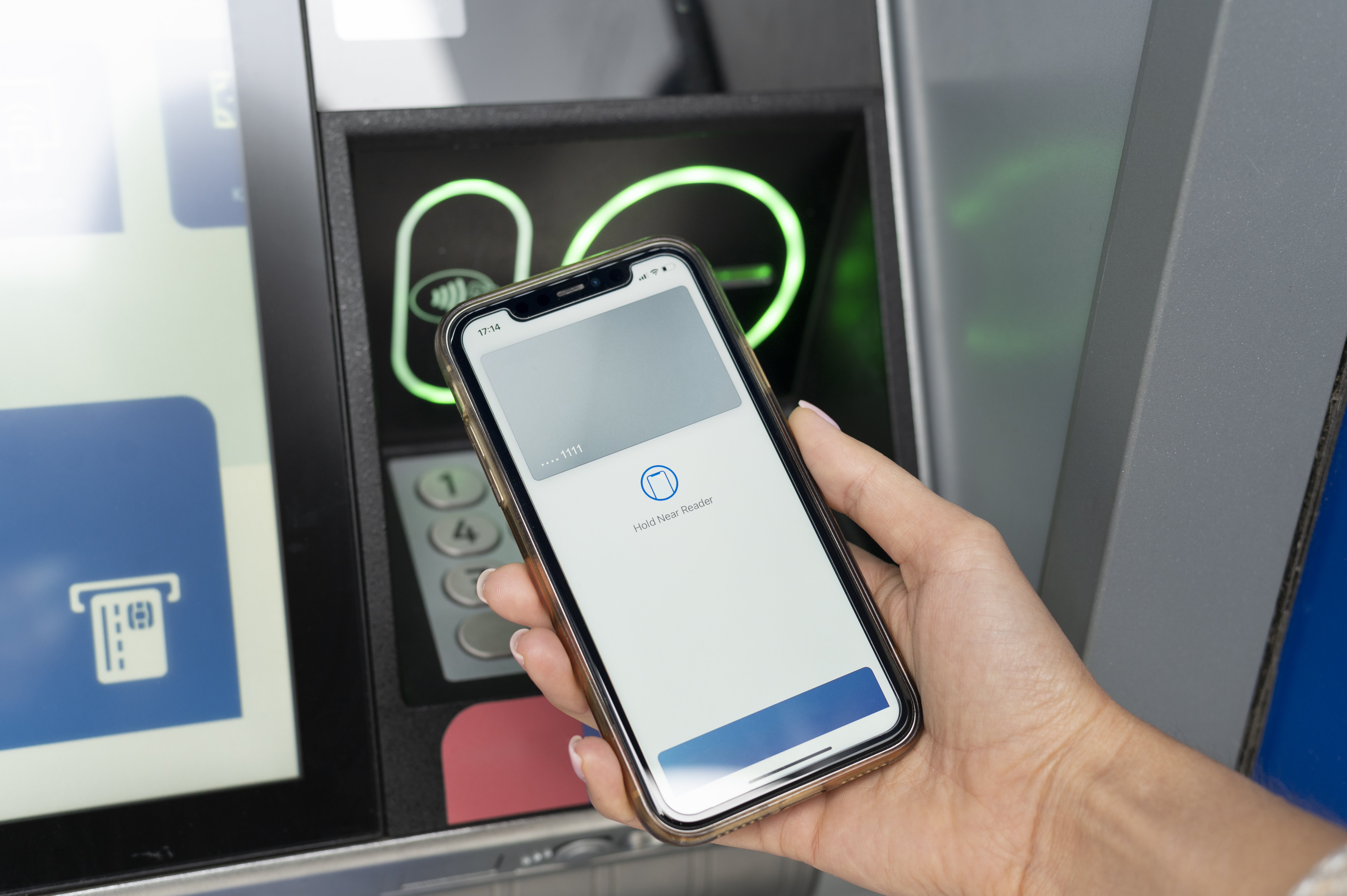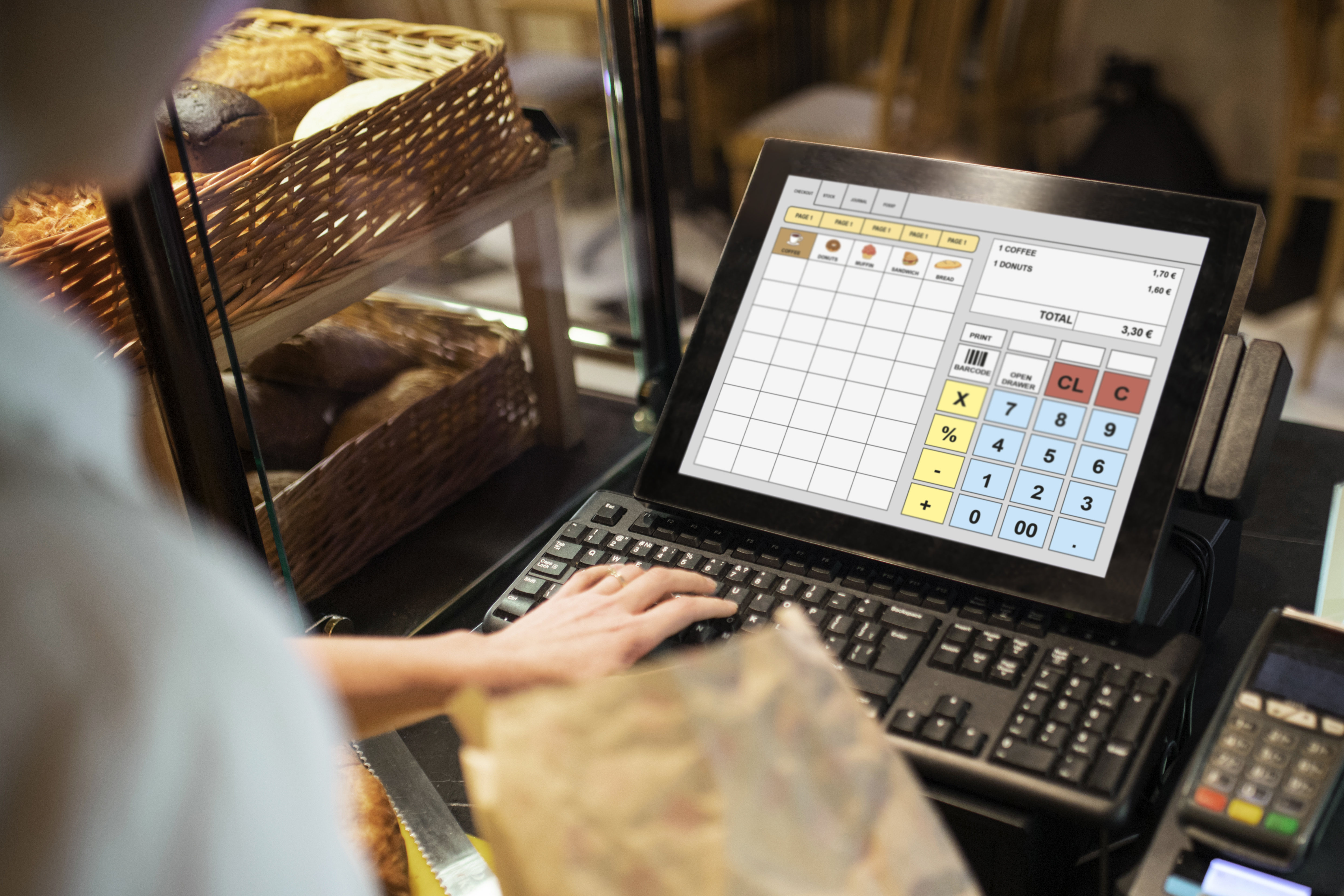
What Is a Micro ATM? Cash Withdrawal Made Easy
Micro ATM is a portable device that allows banking agents to offer basic financial services like cash withdrawal, balance inquiry, and mini statements. It works through secure connections with banks and uses card or Aadhaar-based authentication, making banking easier and more accessible, especially in rural and remote areas.
In this article, we explain what a micro ATM is, how it works, and why it makes cash withdrawals simple and fast.
Table of Contents
1. What Is a Micro ATM
2. How a Micro ATM Works
3. Cash Withdrawal Process Using a Micro ATM
4. Benefits of Using a Micro ATM for Cash Withdrawal
5. Conclusion
What Is a Micro ATM?
A Micro ATM is a small, portable device used by banking agents to offer basic banking services. These services include cash withdrawals, checking your balance, and printing mini statements. Micro ATMs bring banking closer to people in remote areas and offer a quick way to access money.
Key Points:
1. Portable & Easy: Light and mobile devices that can be used anywhere.
2. Connected Digitally: They use secure links to connect with banks.
3. Bringing Banking to You: They help reach customers who live far from a bank.
How a Micro ATM Works
Here’s a simple look at how micro ATMs function:
1. The Device and Its Connection
1. Handheld Device: Micro ATMs are small devices that travel with a banking agent.
2. API Integration: They connect to bank systems using Micro Atm APIs, which allow secure data transfer between the device and the bank.
3. Safe and Secure: All transactions are done over secure networks, ensuring safety for your money.
2. Customer Verification
1. You can use your debit card with a PIN, or
2. Use Aadhaar-linked biometric checks (like a fingerprint).
Instant Checks: The device checks your details in real time with the bank.
Cash Withdrawal Process Using a Micro ATM
The process is simple and can be done in a few steps:
1. Start the Transaction:
The customer uses a debit card or biometric data (Aadhaar) to verify their identity.
2. Request Cash Withdrawal:
The customer chooses the cash withdrawal option and enters the amount needed.
3. Real-Time Approval:
The device sends the request to the bank. The bank then checks if funds are available and approves the transaction quickly.
4. Receive Cash:
Once approved, the banking agent hands over the cash along with a receipt.
5. Confirmation:
Both the customer and the bank receive a confirmation of the transaction.
Benefits of Using a Micro ATM for Cash Withdrawal
Micro ATMs offer many advantages for withdrawing cash:
1. Easy Access
- Closer Banking: They bring essential banking services right to local communities.
- Save Time: There’s no need to travel far or wait in long queues.
2. Boosting Financial Inclusion
- Wider Reach: Even people in small towns or villages can access banking services.
- Helping Local Agents: Local shop owners who act as agents can earn extra income by offering these services.
3. Simplicity and Speed
- Simple Process: The easy-to-use interface guides you through the steps.
- Instant Transactions: Funds are transferred quickly thanks to real-time processing.
4. Secure and Reliable
- Trusted Methods: With strong security measures like PINs and biometric checks, your transactions are kept safe.
Conclusion
Micro ATMs are changing the way people withdraw cash. They make banking services accessible even in the farthest areas. By using portable devices and secure technology, micro ATMs simplify cash withdrawals and support financial inclusion. As banking continues to move digital, micro ATMs are a vital link in making financial services available to everyone.
Frequently Asked Questions (FAQs)
Q1: What is the price of a micro ATM?
Micro ATM device prices vary by provider and features, typically ranging from 1,500 to 5,000. Check out PaySprint's Micro ATM solutions for the best rates and services.
Q2: What is the difference between micro ATM and AEPS?
Micro ATMs use debit cards and PINs for transactions, while AEPS enables cardless, Aadhaar-authenticated banking using biometric data. Explore PaySprint’s AEPS API to integrate secure and seamless Aadhaar-based payments.
Q3: What is the difference between micro ATM and POS?
Micro ATMs provide banking services like withdrawals and balance checks, whereas POS (Point of Sale) machines are mainly for payments using cards.
Q4: Is micro ATM business profitable?
Yes, it can be. Agents earn commissions on every transaction, and demand is rising, especially in underserved regions.
Q5: What is the withdrawal limit in a micro ATM?
Typically, users can withdraw up to 10,000 per transaction, with limits varying slightly based on the bank and policies.

















